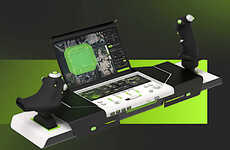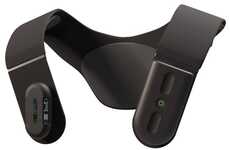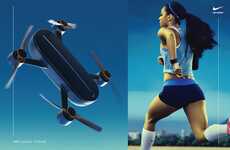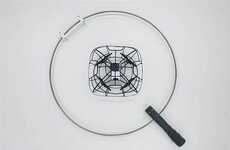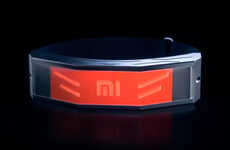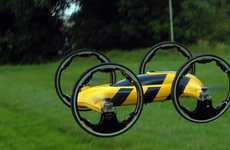
Flyingbuddy2 Moves and Captures Images Via Basic Thoughts
Meghan Young — September 5, 2012 — Lifestyle
Flyingbuddy2 offers a fun pastime and a bird's eye view for paralyzed individuals. Flyingbuddy2 is controlled by basic thoughts, which is yet another example proving that the use of holographic avatars to attain immortality might be the future of human beings. That said, Flyingbuddy2 takes two pieces of technology that has been seen before and combines it for something new and exciting.
Developed by researchers at Zhejiang University in China, Flyingbuddy2 can be utilized as a second set of eyes for motor-impaired people. By providing a perspective that even able-bodied individuals can't achieve, Flyingbuddy2 will be give them quite the advantage.
Flyingbuddy2 is set to be presented at the Ubiquitous Computing Conference in Pittsburgh later this year.
Developed by researchers at Zhejiang University in China, Flyingbuddy2 can be utilized as a second set of eyes for motor-impaired people. By providing a perspective that even able-bodied individuals can't achieve, Flyingbuddy2 will be give them quite the advantage.
Flyingbuddy2 is set to be presented at the Ubiquitous Computing Conference in Pittsburgh later this year.
Trend Themes
1. Brain-controlled Quadcopters - The trend of using brain-controlled technology to control quadcopters opens up opportunities for new applications and enhanced accessibility.
2. Assistive Technology - The use of quadcopters as assistive devices for motor-impaired individuals showcases the potential for technology to improve the lives of people with disabilities.
3. Human-computer Interaction - The fusion of brain-computer interfaces and quadcopter technology highlights the advancements in human-computer interaction and the potential for seamless control of devices.
Industry Implications
1. Healthcare - The healthcare industry can explore the use of brain-controlled quadcopters as assistive devices, potentially improving patient care and mobility.
2. Technology - The technology industry can develop and refine brain-computer interfaces and quadcopter technology for various applications, ranging from entertainment to healthcare.
3. Research and Development - The research and development industry can continue to innovate in the field of brain-computer interfaces, leading to advancements in assistive technology and human-computer interaction.
0.8
Score
Popularity
Activity
Freshness

